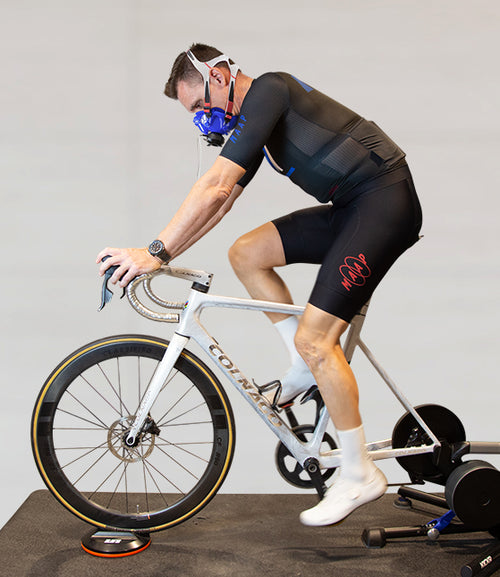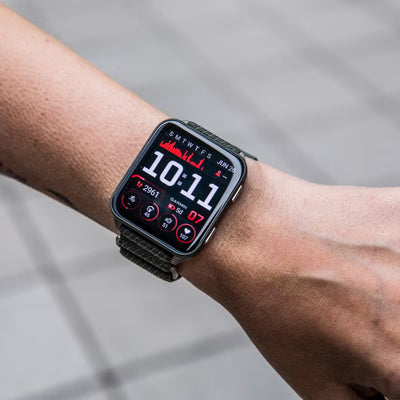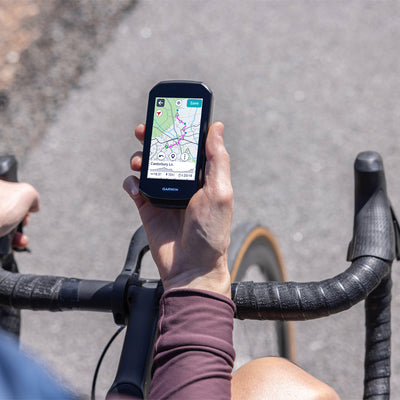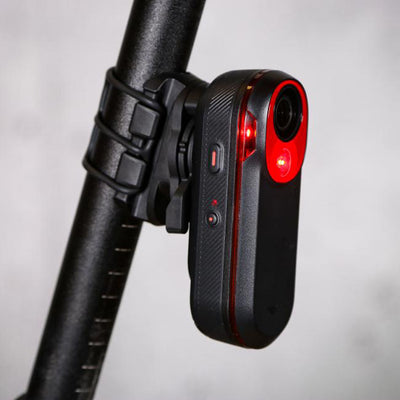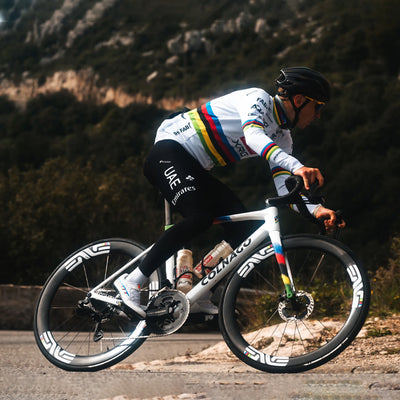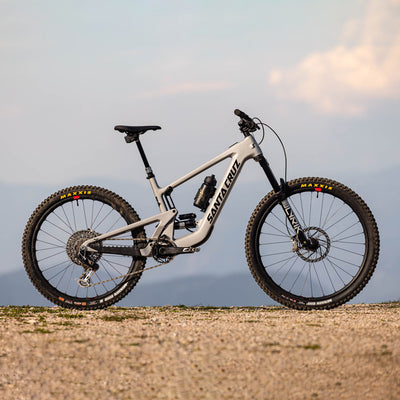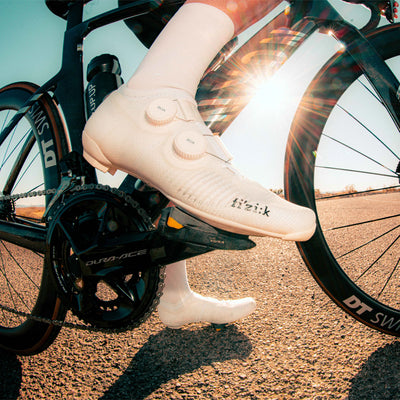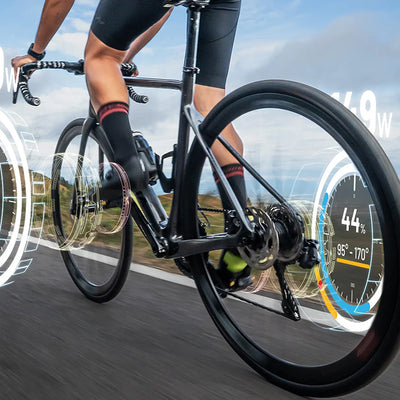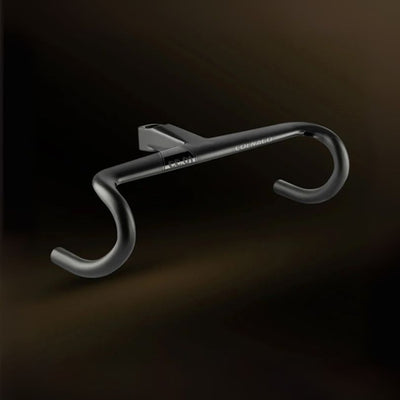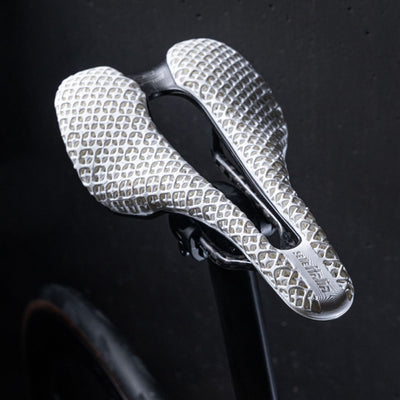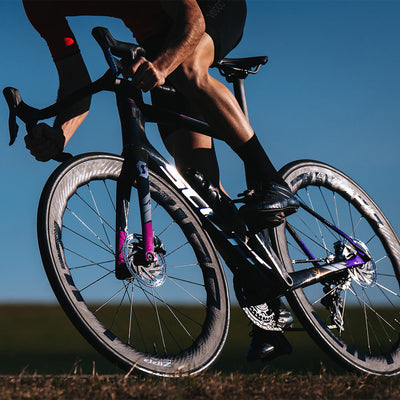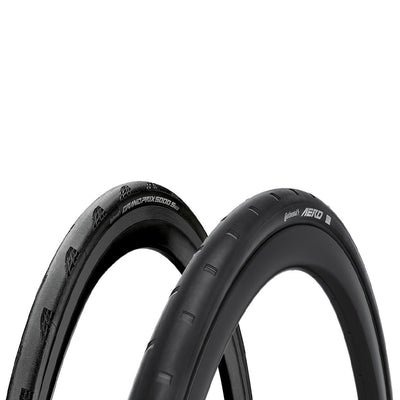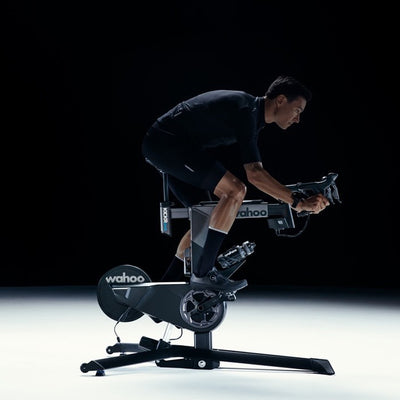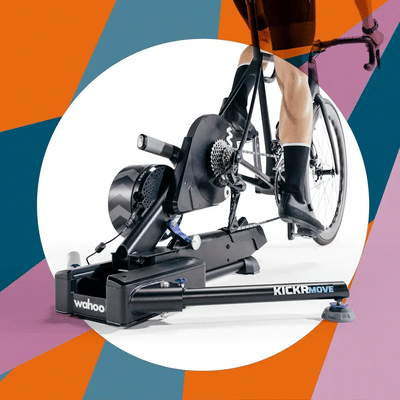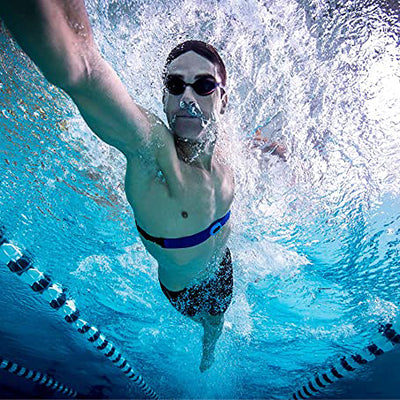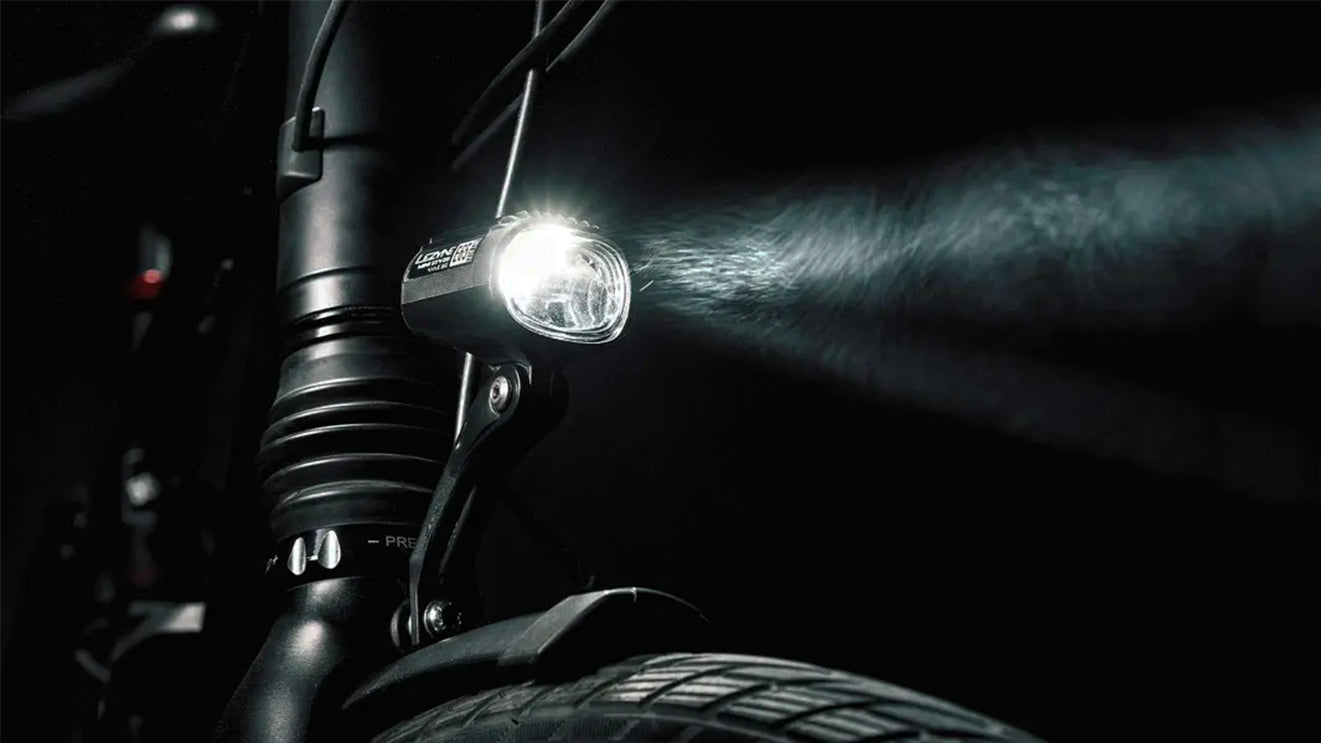Bike Lights Explained:
SEE and be SEEN
To be safer on your bike, using bike lights might be one of the easiest, fastest and most efficient ways to increase your safety while cycling. For cyclists on the road, on mountain bike trails or on gravel tracks, it's not only imperative to be seen, it's vital to see the road ahead as well. Keep reading and we explain more about the regulations, and features of bike lights. To maximize your safety while riding your bike.

What are the legal requirements for bike lights in the UAE?
In the UAE it's mandatory to have front and tail lights, as per the governmental regulation:
- Bike lights are mandatory when cycling between sunset and sunrise.
- The headlight needs to be white, while the tail light needs to be red.
- Bike lights need to be attached to your bike. Not on your helmet or in your hand.
Cyclists are not allowed to use intermittent lighting on the roads.
What is the most suitable light for you?
With a wide range of different bike lights available, it's sometimes difficult to tell which bike light suits you best. We understand that. So we take you with us in the explanation of lumens, battery time and light settings, to make sure you pick the most suitable one for you.

Lumen
Lumen is a unit of measurement for the total amount of visible light emitted by a source. In the context of bike lights, it is used to measure the brightness of the light. The higher the number of lumens, the brighter the light will be. Bike lights typically range from 50 to over 1000 lumens. Generally, a light with at least 100 lumens is recommended for urban riding, and a light with at least 300 lumens is recommended for off-road or high-speed riding. However, this can also depend on the specific conditions of the area you're riding in and your personal preference.
It is important to note that lumen is not the only factor to consider when choosing a bike light. Other factors such as the beam pattern and runtime should also be considered.
- Daylight <100 Lumen
- Urban well lit areas 100-400 Lumen
- Unlit trails or rural roads 400-800 Lumen
- Unlit high speed trails 800+ Lumen

Battery Lifetime
The amount of lumens has a direct effect on the battery's life time. The more lumens the light needs to produce, the shorter the life span of the battery will be. Therefore it's wise to use the proper settings for every ride, to make sure your light lasts the entire ride.
Tip: If you're cycling on tracks like Meydan and Al Hudayriyat Island during night-time, you don't need very bright beams. So you can save batteries. For Al Qudra or Al Wathba, it's wise to use brighter lights, as you want to have better visibility.
Beam
A bike light beam is the pattern of light emitted from a bicycle light. The beam pattern is important for a cyclist's visibility and safety as it determines how well the cyclist can see the road ahead and how well they are seen by other road users. There are typically two types of bike light beams: a focused or "spot" beam, which is good for seeing a long distance ahead, and a wider or "flood" beam, which is better for illuminating the cyclist's immediate surroundings. Some bike lights also have multiple beam patterns that can be adjusted depending on the riding conditions.



